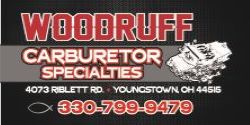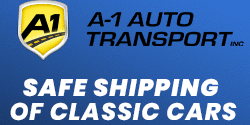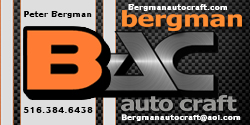That should be a very good block. Here is some info from 440 source. You can see more by going to the 440 source website.
For most applications, this block was used for their "Heavy duty truck or industrial 413" engine. This is the setup with the huge (5 bolt) water pump and housing and very large cylinder heads. These engines were used in lots of motorhomes, large (semi) type trucks and other industrial applications such as generators, pumps, etc. The water jacket cores (or what could be considered the "outer walls" of the cylinders) from these blocks were essentially those from a 440 engine. 413 bore size is about 140 thousands smaller than a 440, making these blocks essentially an "underbored" 440 from the factory. This results in the cylinder walls usually being over .400" thick on these engines. This means that these blocks can be bored out to a 440 size, and used as a 440. Once this is done, it results in standard thickness cylinder walls of .250" (quarter inch) thick, which is Chrysler's standard specification for cylinder wall thickness.
Although the vast majority of these seem to have been made into 413's we have seen some of these made into 426's from the factory (often in boats for marine applications) and VERY rare examples where Chrysler themselves assembled and stamped these as a regular 440 at
Trenton. This may have been due to a shortage of standard 440 blocks, or the need to use up "old" inventory, or some other similar "keep the line running" type of reason.
Unfortunately, the internal main webbing and main cap setup on these is identical to a standard 440, not any thicker. This was a missed opportunity. Imagine if Chrysler would have increased the main webbing thickness on these, similar to how they did on the early "230" casting 400 block, and maybe even gone with the cross bolt main capped Hemi type setup. We would have had "somewhat" plentiful 1000 horsepower capable factory "440" blocks available.
Interestingly, some early examples of these actually do have the "cross bolt" bosses cast into them, indicating that they were thinking of doing this, but never went ahead with it. Or they may have been cast only to use in the super stock programs. But these early examples are extremely rare. It is likely only one or maybe a few early production runs ended up with the cross bolt bosses. We've had hundreds of these blocks (most all out of motorhome applications from the late 60's/Early 70's), and none have ever had the cross bolt bosses. Here is a picture of the cross bolt bosses shown below:



















